Fireweed tea or Ivan Chai is a traditional fermented black tea, or tisane, made from fireweed or willowherb, a medicinal herb that grows throughout the northern hemisphere and from California to Alaska in the west, and as far south as North Carolina in eastern North America.
While legend has it that tea was discovered in China and many histories have been written, black tea didn’t appear in Asia until the British demanded it in the late 18th century. Previous to this Ivan Chai, a fermented black “tea” was imported to Britain from Russia. Ivan chai is made from the leaves of fireweed, known as Chamaenerion angustifolium in Europe or Epilobium angustifolium elsewhere. Russian fireweed tea promoted longevity and health, with a smooth, sweet, floral flavour that green Chinese tea lacked. Black tea, manufactured in India through the influence of the British East India Company, owed its oxidization and fermentation technology to Fireweed tea and the traditional fermentation method developed by the Russians, a thousand years ago.
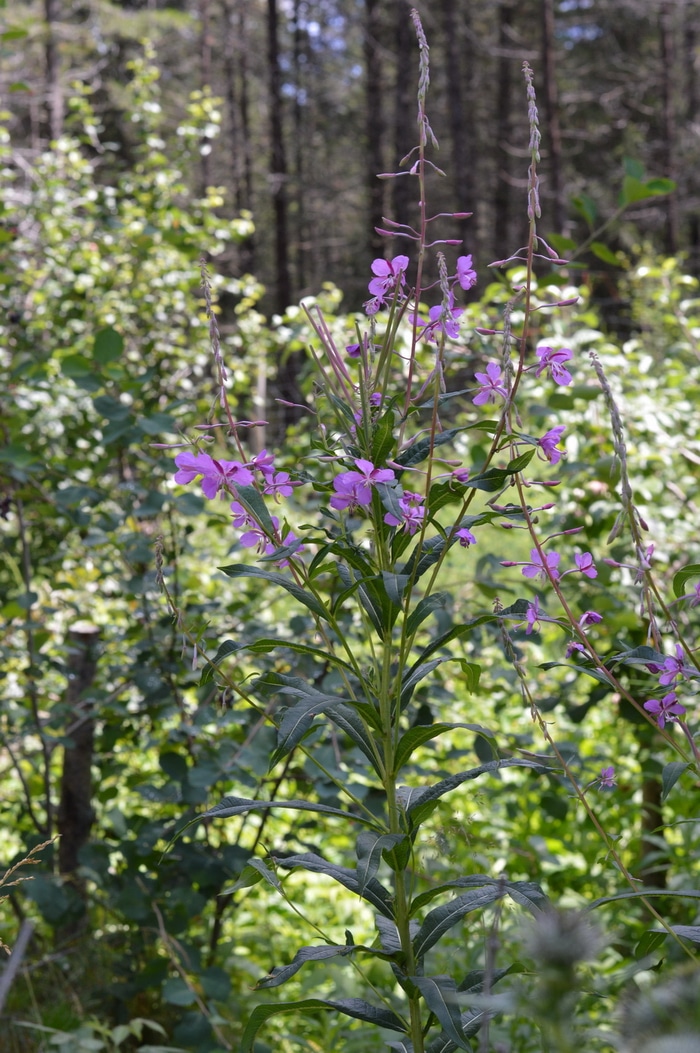
What is fireweed?
Fireweed is a perennial member of the evening primrose family. It is also known as, willowherb, Rosebay willowherb, great willowherb, fireweed, Canadian willowherb™, and Koporye tea.
Fireweed grows up to 6 feet in height. It reproduces by seed and by underground runners. You’ll find it in disturbed sites, after forest fires, and in logged clearings. Fireweed is a first colonizer plant that restores the soil and prepares the forest for regeneration, after a disturbance. It grows throughout the Northern Hemisphere in zones 2 to 7 (USDA). In North America, it is native in the west from California to Alaska, and in the east as far south as North Carolina and Tennessee.
Fireweed has been used safely as a tonic tea for hundreds of years in Siberia, Russia, and throughout Europe, both as a dried green leaf and as a fermented black tea beverage. It is listed in the European pharmacopeia as a traditional treatment for prostate problems. It is considered safe through centuries of traditional use.
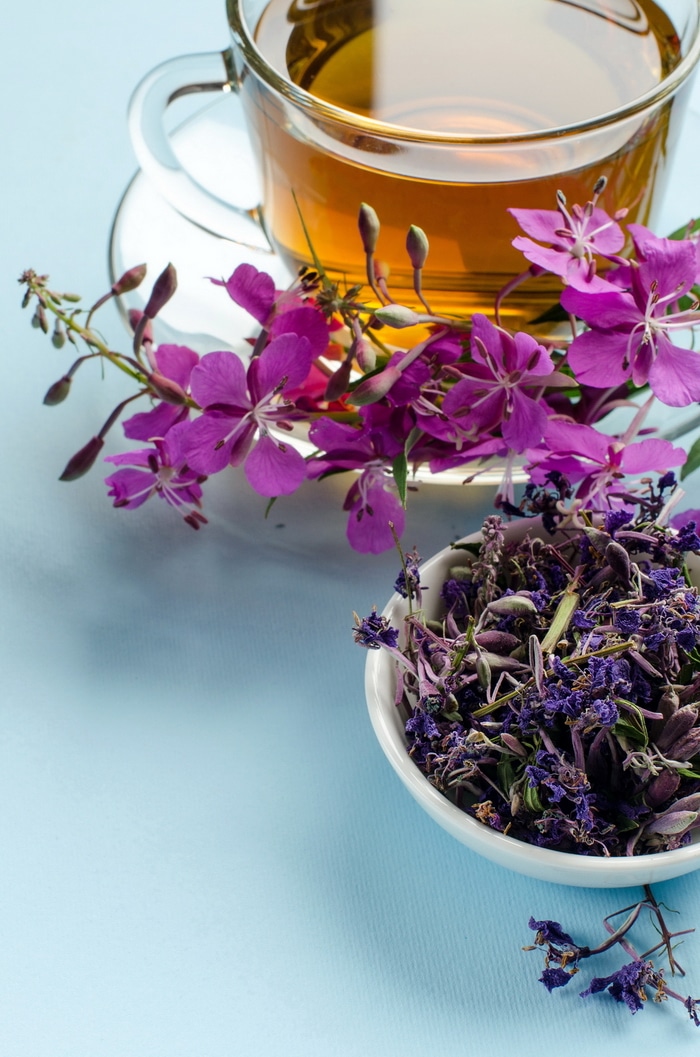
Fireweed tea
For centuries in Europe Russian Tea or Ivan Chai was THE tea of commerce. Ivan chai is synonymous with fermented fireweed tea. The Russians claim to have invented the process of tea fermentation. Russian Tea offers several health benefits.
- Normalizes blood pressure
- Balances digestive health
- Improves concentration
- Improves energy levels
- Promotes relaxation
- Builds immunity
- Improves mood
- Strengthens circulation
- Supports the kidneys and urinary system
- Detoxifies the body
- Relieves migraines and tension headaches
- Prevents cavities
- Caffeine-free and non-addicting
At the time of the Czars, Ivan Tea was exported to the rest of Europe. It was Russia’s second-highest export at its peak of popularity, second only to wheat. In the mid-1800s trade with England was disrupted by the Crimean and Napoleonic wars. Commercial production of Ivan Chai stopped entirely after the October Revolution of 1917. However, fireweed continued to be used as an herbal supplement in Russian homes.
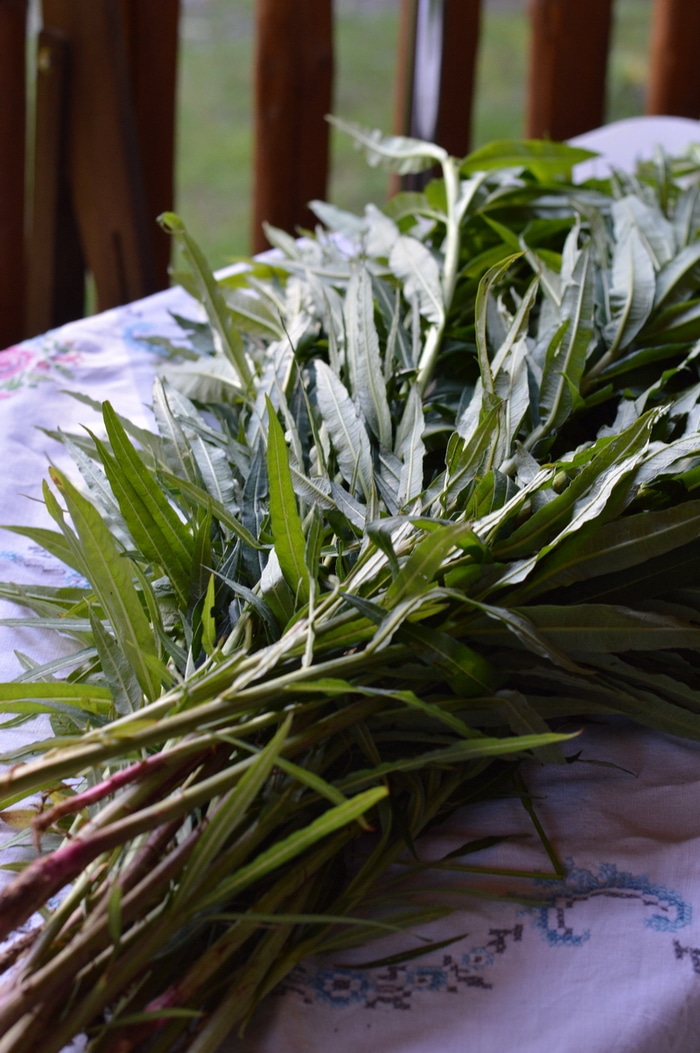
The 5 step DIY process to make Ivan tea from fireweed
To make Ivan tea fireweed leaves are bruised and fermented, in the same way, that black tea is fermented, through an anaerobic process. After 2 or 3 days the fermentation is stopped with heat. And the tea leaves are dried.
Tea fermentation is an aerobic enzymatic process rather than being dependent on microbes. It is the same oxidative process that causes apples to turn brown and avocados to darken. It changes both the flavour of the leaf and the colour. The polyphenols in the tea leaves are transformed by polyphenol oxidases to turn the leaves brown to black and change the flavour profile and aroma of the tea. The fermentation process removes the acidic, freshly cut grass aroma, replacing it with a floral, fruity fragrance that is pleasant and flavorful. This enzymatic oxidization and fermentation alter the mouthfeel of the tea, as well, softening its astringency and bitterness, while improving the aftertaste.
Step 1: Wild harvesting
Fireweed leaves are harvested from plants either before flowering or during flowering, by plucking the leaves from the lower parts of the stock. If the stock is not harvested the plant will continue to flower providing food for bees and insects. However, the plants can also be removed from the ground. The rhizome will remain in the ground to reproduce. For more information about identifying fireweed in the wild see this post.
Leaves are stripped from the stems at harvest. Once the leaves are harvested they should be sorted and any damaged or diseased leaves removed from the pile.

Step 2: Wilting
Place the leaves on a cotton sheet or in a shallow wicker basket to wilt. The wilting process takes from 12 to 18 hours depending on the temperature. The leaves are ready for rolling then they are dry enough to bend at the center vein without breaking. Test a leaf by folding it over on itself before proceeding with step 3.

Step 3: Rolling
The rolling process breaks the leaf tissues and mixes the polyphenols in the leaves with the polyphenol oxidase enzymes. Commercially large rollers are used to break the leaves. However, traditionally, each leaf was individually bruised by rolling between the palms. The rolled leaf holds its shape. You can roll 4 or 5 leaves together to speed up the process. Place the leaves in a bowl with an airtight lid to keep insects out during the fermentation. The bowl should be loosely filled to allow for adequate oxidization.
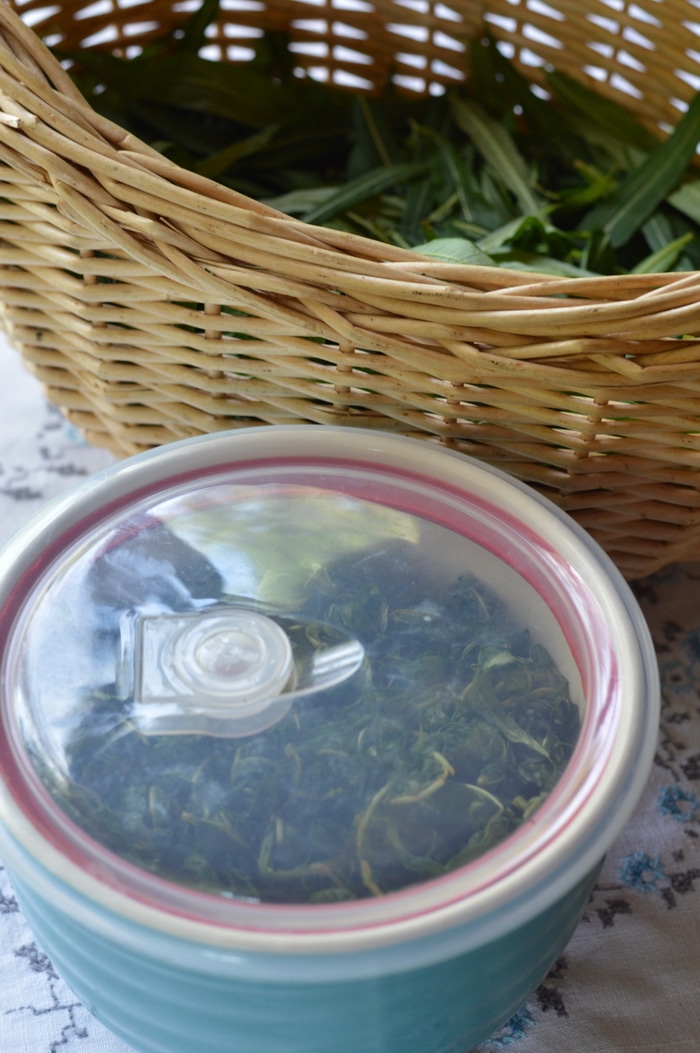
Step 4: Oxidization and fermentation
Tea leaves are fermented in an aerobic environment, but protected from off flavours and insect contamination for 24 to 72 hours, or longer. A ceramic bowl with a lid is ideal.
Periodically stir the leaves during the oxidization process to evenly distribute the leaves in the bowl.
If you want to introduce additional flavours to the tea leaves you can add them at this stage. Good candidates are aromatic jasmine flowers, fragrant rose petals, lemon verbena leaves, or peppermint or spearmint leaves.
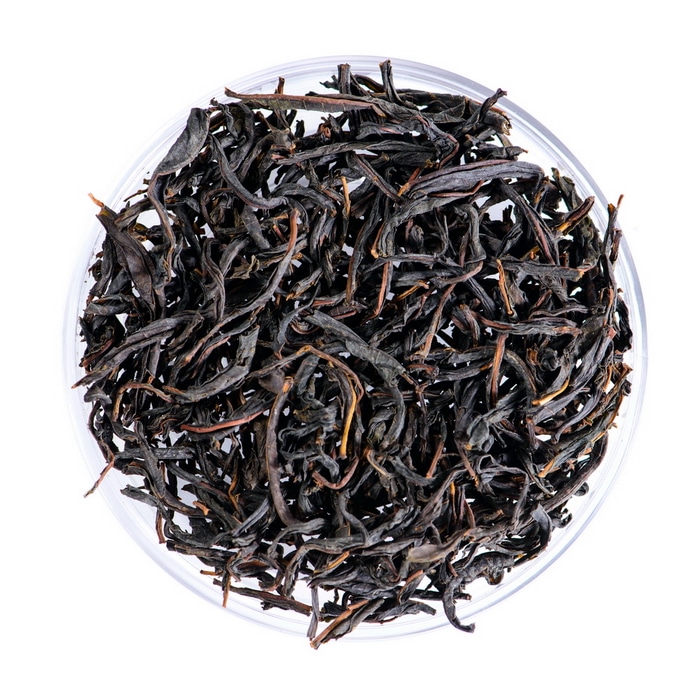
After 48 hours, check the fragrance and colour of the leaves. Stop the fermentation when the leaves are aromatic and fragrant and the colour is dark brown or black. Depending on your temperatures this can take 2 to 5 days. Just check them every 24 hours and stop the process when the leaves are at the stage of oxidization that you prefer.
Be sure to make notes along the way. When you master the perfect combination of time and oxidization you’ll want to be able to repeat it.
You can brew a cup of tea from the leaves to test the flavour and aroma. I find that the grassy scent is gone after 24 hours but other fragrances permeate the leaves some fruity and some floral. Move to the next step, when the leaves have the flavour and scent you prefer.
Step 5: Drying
Stop the oxidization when the fireweed leaves have the fragrance and colour that you like. You can test the tea by brewing a cup of it after 48 hours and after 60 hours, etc. Generally, a fermentation of 3 to 5 days is sufficient.
Drying halts the enzymatic breakdown of the leaves arresting the fermentation. Remove the leaves from the bowl and sprinkled them over a baking sheet. Dry the Fireweed leaves in an oven at 90 to 120F to stop the fermentation process. Stir the leaves partway through the process to dry uniformly. You can leave the oven door ajar to prevent overheating. A dehydrator that maintains the temperature between 90°F and 120°F can also be used to stop the fermentation process.
When the leaves are completely dry, bring the leaves to room temperature. Package in airtight boxes or jars, and store in a cool dry place, where the jars are protected from heat and light. Allow the tea to continue curing for 2 to 4 months before use, to mellow the flavour further. The tea can be used immediately but the flavour will improve further if the tea is allowed to cure for several months.

How to brew fireweed tea
Place 1 to 2 teaspoons of tea in a teapot or tea strainer. Pour boiling water over the tea in the teapot or place the strainer in a mug and pour boiling water over the strainer. Cover and allow the tea to steep for 15 minutes. Remove the strainer. Tea may be sweetened with sugar or honey.
Fireweed tea is caffeine-free with many health benefits.
Check out the many health benefits of Fireweed as an herbal remedy here.
Learn more about using herbs for health and wellness from my Book

Homegrown Healing From Seed to Apothecary
My book Homegrown Healing From Seed to Apothecary will help you grow healing herbs in your own garden. Focusing on the easiest plants for beginners to grow, Homegrown Healing From Seed to Apothecary covers 30 plants, recommended by professional herbalists, that can be grown in the temperate zone. Initial garden preparation, garden design and harvesting tips lead the novice herbalist into early success. Choose which herbs to grow, learn how to use these herbs for your family’s health and wellness using the guidance in my book. You can find out more about this useful guide to growing more herbs and using them strategically here.





Yes. I do that.
Hello! This looks amazing. Should I rinse the fresh leaves before wilting them, to get dust off, or would that negatively impact them in some way?
Thank you for this clear explanation on how to make fermented fireweed leaves! Was wondering if this is kind of a simplified pu-erh and whether other herbs could be processed in a similar way. Was wondering, for example, whether you had tried this process with lemon verbena? The leaves look quite similar. Thanks for all the work you go through to make this very informative website!
Is it too late if all the flowers have dropped off? Also, appears something has laid tons of tiny yellow eggs in the underside. Anyway to get rid of them?